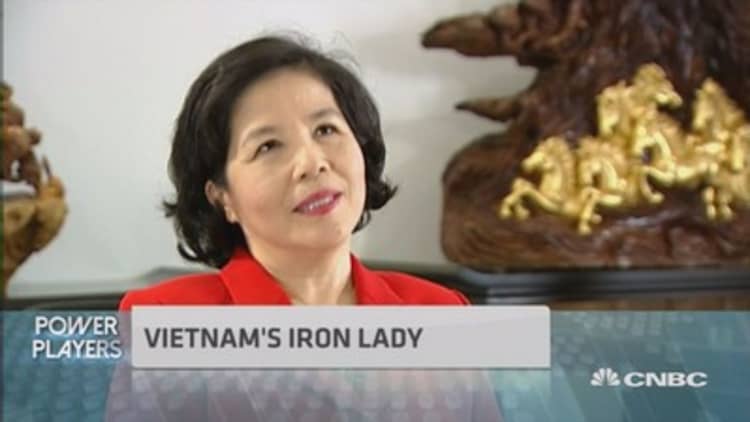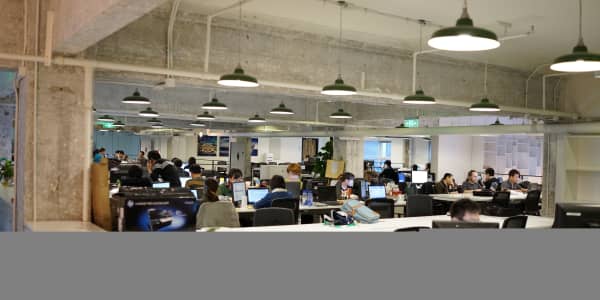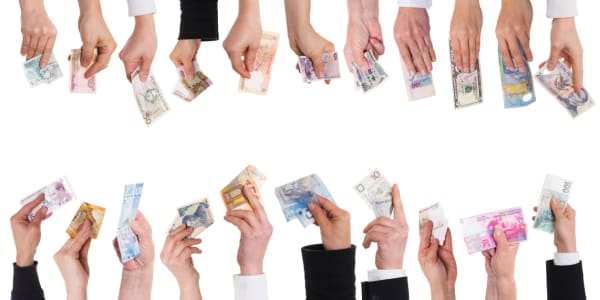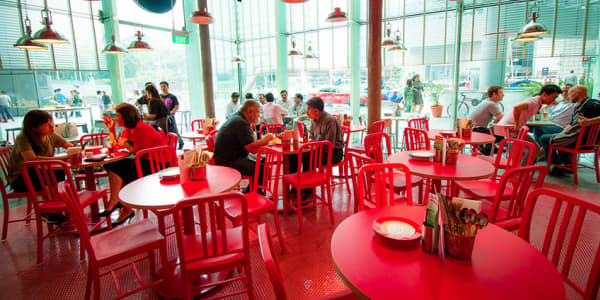
The aroma of molten sugar engulfs Vietnam's the largest milk plant in Vietnam.
"It's vanilla," Vinamilk's plant's production director BuiThi Thu Hoai says. "Because the Vietnamese like sweet things."
From the outside, it's just like any other factory in one of many industrial parks in Binh Duong Province, a 90-minute drive north of Ho Chi Minh City. But inside, it pumps out 400 million liters of diary produce.
For a population of 90 million, that may not seem like much. But fresh milk has only seeped into the Vietnamese diet over the last decade. In 1990, average annual milk consumption per person was just half a liter, according to Euromonitor. Today, that figure has surged 36-fold to around 18 liters per person a year.
That rapid change has been fueled by Vinamilk, the second largest company in the country in terms of market capitalization. So much of the company's growth has been tied to the company chairman and CEO Mai Kieu Lien that she has been called "Dairy Queen" and the "Margaret Thatcher of Vietnam."
"I don't dare compare myself with Mrs. Thatcher," laughs Lien, aged 61. "But in Vietnam's dairy industry, I have made many firm decisions that helped make Vinamilk what it is today."
Read MoreFemale CEOs: They still wait for a man to walk in
Transforming the small, state-controlled dairy producer she joined 40 years ago, including its public listing in 2006, Lien has overseen nearly every aspect of the business. With pre-tax profits of $359 million in 2014 and 51 percent of the nation's liquid milk market, Nielsen cites it as one of the best-known brands in Vietnam.
Vinamilk may be a household name today, but in the chaos of post-war Vietnam, Lien recalls how it was a struggle just to amass enough foreign currency to buy the raw materials needed to keep the plants running.
"We had to work with a sea food export company to get the foreign currency we needed to buy and import raw materials. Back then, ourplant was operating at just 4 percent capacity," says Lien.




